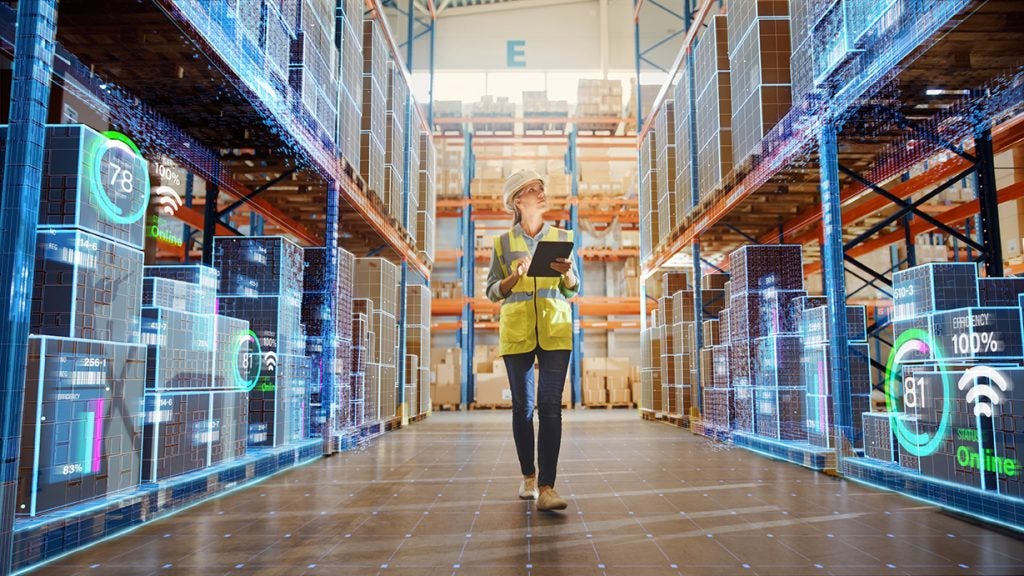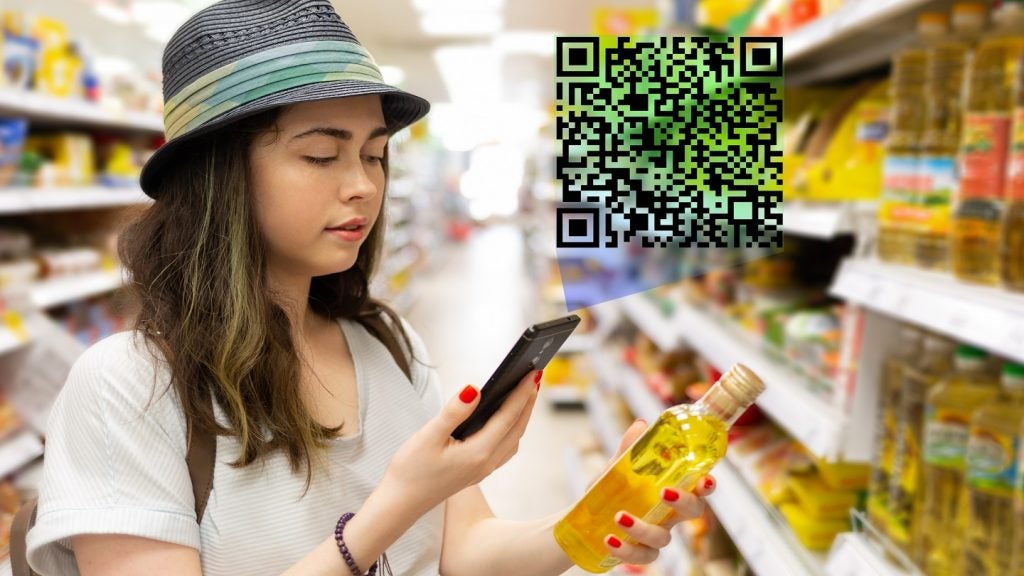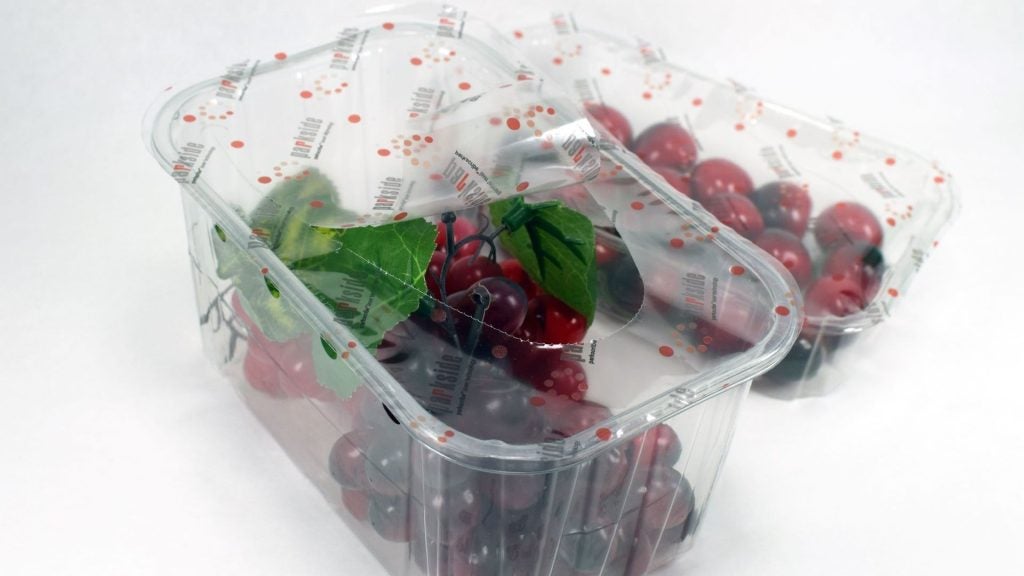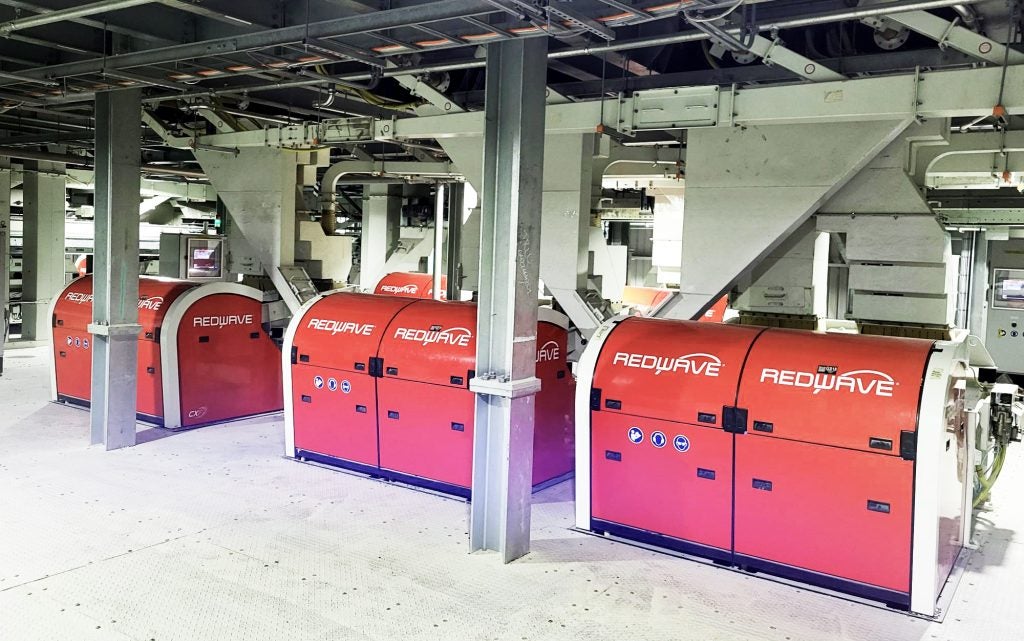Approximately 30 product categories will eventually require a DPP, with batteries expecting to be the first to come into force in 2026.
The regulations aim to support traceability, and material and energy efficiency, as well as repair-based business models. It is hoped that the DPP will give producers increased control over quality and supply chains and that consumers will be empowered to make value-based purchasing decisions.
Although the data stored in the DPP will vary, in general it will include product lifecycle and value chain information such as the product’s manufacturing origin and materials used. It will also have carbon footprint and sustainability information and insights into the product’s supply chain journey and disposal guidelines.
Other green initiatives – such as the proposed Green Claims Directive and the recently approved Directive on Empowering Consumers for the Green Transition (ECGT) – will continue to increase pressure on companies to prove their sustainable practices.
Designed to protect consumers from greenwashing, these directives aim to make sustainability claims comparable, verifiable, and consistent and require producers to have substantive proof when making claims.
With 53% of green claims considered as vague, misleading, or unfounded, and with 40% of claims having no supporting evidence, it is no wonder that it is time for measurable change.
Quantifying label sustainability
Measuring such sustainability can be complex and involves each producer in the supply chain taking responsibility for communicating their eco-credentials.
Let’s take labels as an example, producers are increasingly realising the impact that they have on a package’s sustainability. That is why UPM Raflatac’s Label Life service, that helps calculate the environmental impact of the company’s labels, has evolved over the past 10 years to meet more complex demands.
Label Life is a comprehensive life cycle assessment (LCA) service for label evaluation and sustainable packaging design. It has recently received a certificate of validity for the newly launched Label Life v3.0 , which confers validity to the LCA calculation engine and the whole process of generating LCAs at scale. Importantly, it offers customers the ability to make better informed choices to help them move closer towards their sustainability goals.
The Label Life service provides environmental declarations for each label, in the form of a product passport prototype (PPP), developed based on existing standards and norms. The PPP helps UPM Raflatac’s customers to keep one step ahead of legislative requirements such as the DPP, by providing them with a self-declaration of the labelling material’s potential environmental impact.
However, sustainability can be measured with a number of criteria and the PPPs provide a detailed view, as well as background information, so that the customer can make the switch to a more sustainable product that has the most fitting profile for their needs.
The PPPs highlight an array of metrics, from carbon footprint and water consumption to the 16 indicators recommended by the Product Environmental Footprint (PEF) guide – and these are available for the majority of our product portfolio.
Sustainability metrics for Label Life include a total of 25 different indicators available in the PPPs, over the lifecycle of the label broken down into the stages: (1) cradle-to-gate, (2) transport to customer, (3) printing, (4) end of life impacts. The potential benefits for the next life cycle stage are also quantified separately.
The first barrier to achieving sustainability goals is knowing where the key impacts are and how the value chain influences these.
In labelling, the biggest impacts come from the choice of raw materials, in carbon accounting referred to as the upstream Scope 3 emissions.
Thanks to the Label Life service, UPM Raflatac can give customers guidance on how to reduce their Scope 3 emissions and identify optimisation potentials.
As we face increasing environmental challenges and this is reflected in legislation, consistent, credible data will become even more important in helping producers to optimise sustainable design and make the switch to more sustainable products.















